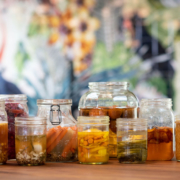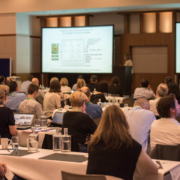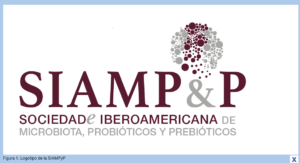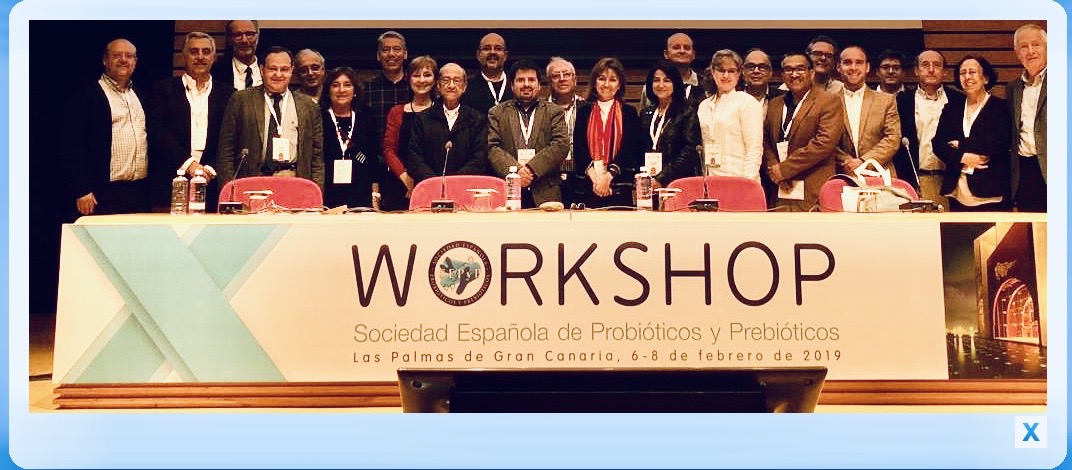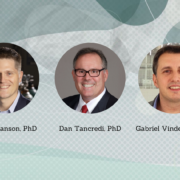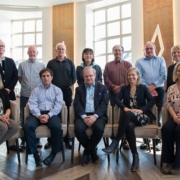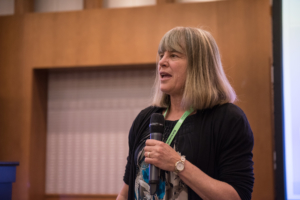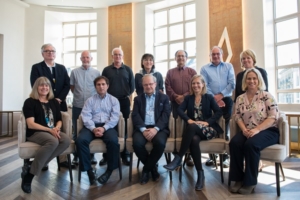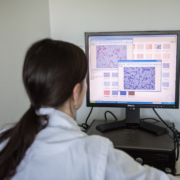By Mary Ellen Sanders, PhD, and Sarah Lebeer, PhD
The genus Lactobacillus was listed as the fifth most important category of living organism to have influenced the planet throughout its evolutionary history in a 2009 book, What on Earth Evolved?. From their central role in food fermentations around the globe to their ability to benefit health in their human and animal hosts, species of Lactobacillus have great importance in our lives.
But for the past several decades there’s been a problem brewing with this genus. Using the research tools available at the time, researchers through history who discovered new bacteria grouped many diverse species under the “umbrella” of the genus Lactobacillus. Since the naming of the first Lactobacillus species, Lactobacillus delbrueckii, in 1901, microbial taxonomists assigned over 250 species to this genus.
These species were a diverse group, and when DNA analysis tools became more sophisticated, many were found to be only loosely related. A consensus grew among scientific experts that, given the genetic makeup of these bacteria, the current Lactobacillus genus was too diverse and did not conform to nomenclature conventions. Moreover, it was important to split the genus into functionally relevant groups that shared certain physiological, metabolic properties and lifestyles in order to facilitate functional and ecological studies on bacteria from this genus.
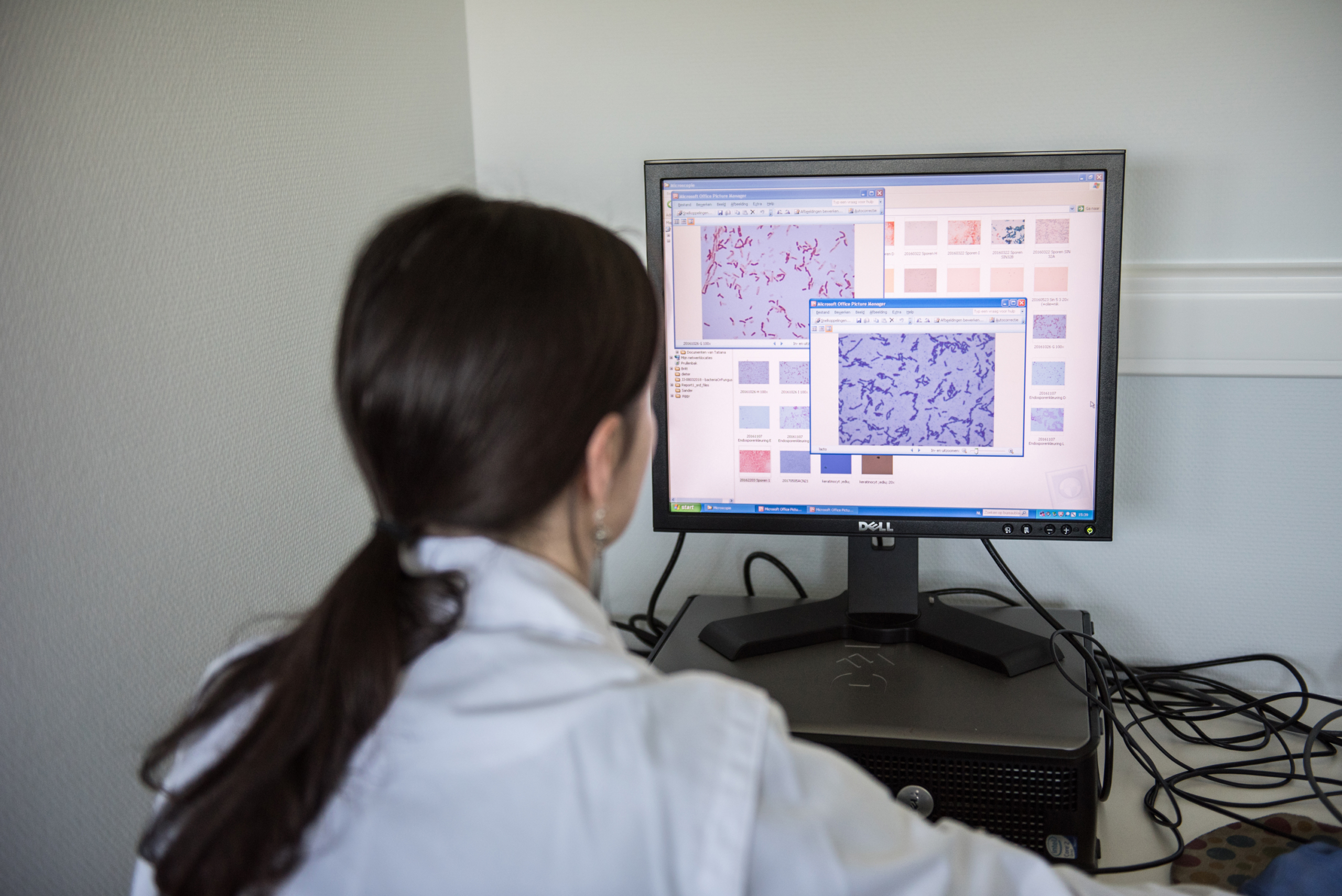
To tackle this problem, 15 scientists (see below) from 12 different institutions and 7 different countries came together, applying whole genome analysis to analyze each Lactobacillus species. Their proposal, which was accepted for publication in the official journal of record for bacterial names, is that the species once contained within the Lactobacillus genus should now spread over 25 genera, including 23 novel genera (see paper link here).
Based on this polyphasic approach, the authors reclassified the genus Lactobacillus into 25 genera including the emended genus Lactobacillus, which includes host-adapted organisms that have been referred to as the L. delbrueckii group; Paralactobacillus; as well as 23 novel genera: Acetilactobacillus, Agrilactobacillus, Amylolactobacillus, Apilactobacillus, Bombilactobacillus, Companilactobacillus, Dellaglioa, Fructilactobacillus, Furfurilactobacillus, Holzapfelia, Lacticaseibacillus, Lactiplantibacillus, Lapidilactobacillus, Latilactobacillus, Lentilactobacillus, Levilactobacillus, Ligilactobacillus, Limosilactobacillus, Liquorilactobacillus, Loigolactobacilus, Paucilactobacillus, Schleiferilactobacillus, and Secundilactobacillus.
While genus names have changed in some cases, the parts of the names that indicate species were not changed. See the table below for some examples of how names of important probiotic lactobacilli have changed. Note that all new genera proposed for this group begin with the letter “L”. Thus, the ‘L.’ genus abbreviation may still be used.
Because of the importance of this genus and the implications of the name change for both science and industry, the researchers involved in this project have developed a web-based tool that makes it very easy to determine the new names of all Lactobacillus species.
Scientifically, one exciting outcome of these new taxonomic groupings is that species that are more closely related, and therefore are more likely to share physiological traits, are grouped into the same genus. This may facilitate our understanding of common mechanisms that may mediate health benefits, as described in an ISAPP consensus paper and a publication entitled “Shared mechanisms among probiotic taxa: implications for general probiotic claims”.
To date, bacteria in the group Bifidobacterium have not changed, but nomenclature changes are expected soon for this genus, too.
The Lactobacillus taxonomy changes are summarized in this ISAPP infographic for scientists and in this ISAPP infographic for consumers.
Names of important Lactobacillus probiotic species
The following chart lists the new names for some prominent Lactobacillus probiotic species. (Note: All new genera proposed for this group begin with the letter “L”, so abbreviated genus/species – such as L. rhamnosus – remain unchanged.)
| Current name |
New name |
| Lactobacillus casei |
Lacticaseibacillus casei |
| Lactobacillus paracasei |
Lacticaseibacillus paracasei |
| Lactobacillus rhamnosus |
Lacticaseibacillus rhamnosus |
| Lactobacillus plantarum |
Lactiplantibacillus plantarum |
| Lactobacillus brevis |
Levilactobacillus brevis |
| Lactobacillus salivarius |
Ligilactobacillus salivarius |
| Lactobacillus fermentum |
Limosilactobacillus fermentum |
| Lactobacillus reuteri |
Limosilactobacillus reuteri |
| Lactobacillus acidophilus |
Unchanged |
| Lactobacillus delbrueckii subsp. bulgaricus
(aka Lactobacillus bulgaricus) |
Unchanged |
| Lactobacillus crispatus |
Unchanged |
| Lactobacillus gasseri |
Unchanged |
| Lactobacillus johnsonii |
Unchanged |
| Lactobacillus helveticus |
Unchanged |
Authors
- Jinshui Zheng, Huazhong Agricultural University, State Key Laboratory of Agricultural Microbiology, Hubei Key Laboratory of Agricultural Bioinformatics, Wuhan, Hubei, P.R. China.
- Stijn Wittouck, Research Group Environmental Ecology and Applied Microbiology, Department of Bioscience Engineering, University of Antwerp, Antwerp, Belgium
- Elisa Salvetti, Dept. of Biotechnology, University of Verona, Verona, Italy
- Charles M.A.P. Franz, Max Rubner-Institut, Department of Microbiology and Biotechnology, Kiel, Germany
- Hugh M.B. Harris, School of Microbiology & APC Microbiome Ireland, University College Cork, Co. Cork, Ireland
- Paola Mattarelli, University of Bologna, Dept. of Agricultural and Food Sciences, Bologna, Italy
- Paul W. O’Toole, School of Microbiology & APC Microbiome Ireland, University College Cork, Co. Cork, Ireland
- Bruno Pot, Research Group of Industrial Microbiology and Food Biotechnology (IMDO), Vrije Universiteit Brussel, Brussels, Belgium
- Peter Vandamme, Laboratory of Microbiology, Department of Biochemistry and Microbiology, Ghent University, Ghent, Belgium
- Jens Walter, Department of Agricultural, Food & Nutritional Science, University of Alberta, Edmonton, Canada; Department of Biological Sciences, University of Alberta, Edmonton, Canada
- Koichi Watanabe, National Taiwan University, Dept. of Animal Science and Technology, Taipei, Taiwan R.O.C.; Food Industry Research and Development Institute, Bioresource Collection and Research Center, Hsinchu, Taiwan R.O.C.
- Sander Wuyts, Research Group Environmental Ecology and Applied Microbiology, Department of Bioscience Engineering, University of Antwerp, Antwerp, Belgium
- Giovanna E. Felis, Dept. of Biotechnology, University of Verona, Verona, Italy
- Michael G. Gänzle, Department of Agricultural, Food & Nutritional Science, University of Alberta, Edmonton, Canada; Hubei University of Technology, College of Bioengineering and Food Science, Wuhan, Hubei, P.R. China.
- Sarah Lebeer, Research Group Environmental Ecology and Applied Microbiology, Department of Bioscience Engineering, University of Antwerp, Antwerp, Belgium.
See ISAPP’s press release on the Lactobacillus name changes here.

